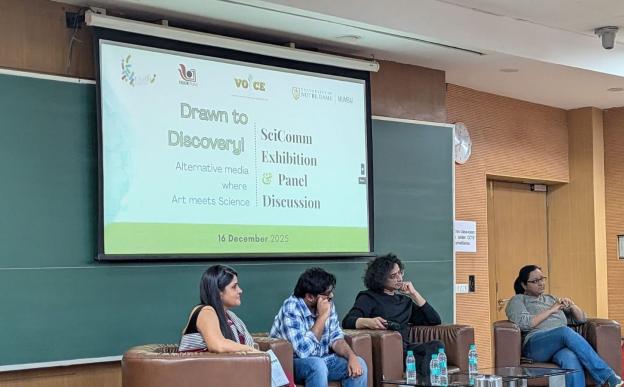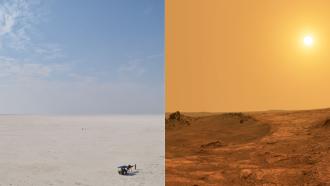
“Dad, why doesn’t it rain upwards?” I remember asking on one of our weekly walks through the park. My father would then proceed to patiently explain complicated concepts to a then six-year-old me. What I remember best, was not the answers, but that he took the time to explain the nuances of science to me. Now, I explain complicated research as a Scientific Writer and Content Editor at Research Matters, Gubbi Labs.
Research papers are tedious to read and their complicated jargon often leaves the reader in a tizzy. This is why, as a researcher, I’d like to take part in scientific dialogue. India has a rich biodiversity of flora and fauna, with many species that are yet to be discovered and studied. The loss of an undiscovered species, is profound, because we have no inkling of how it could affect the ecosystem. It is only when science is easy-to-understand, accessible and encourages citizen scientists, that people will feel driven to protect the environment.





